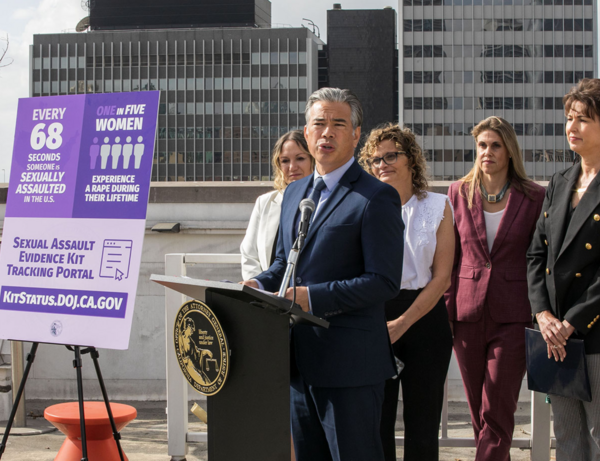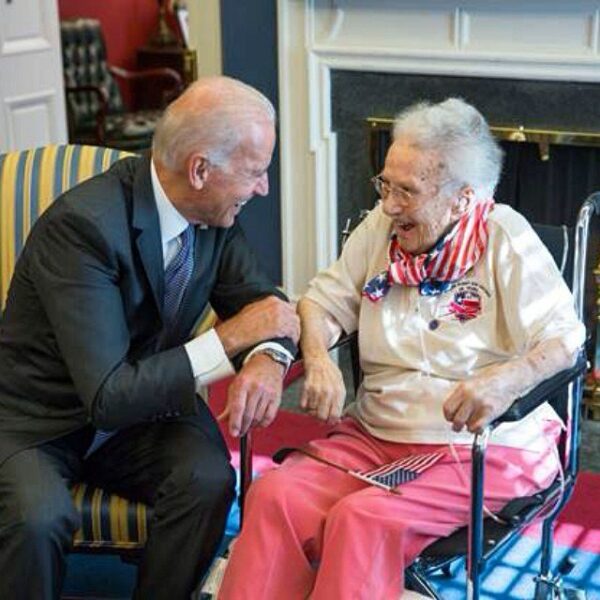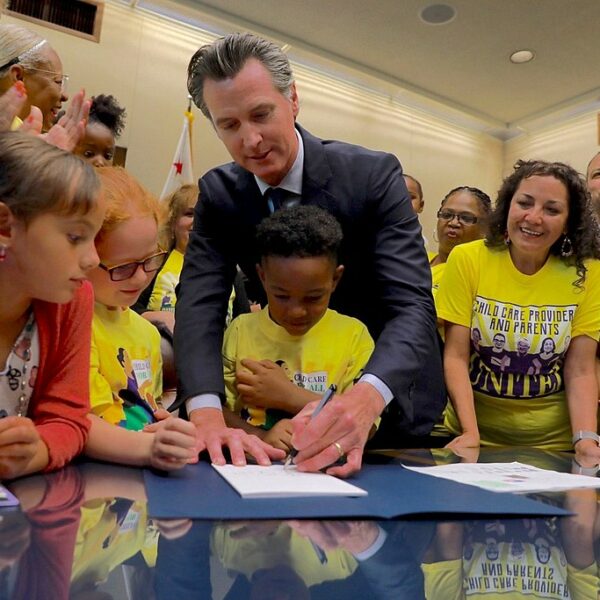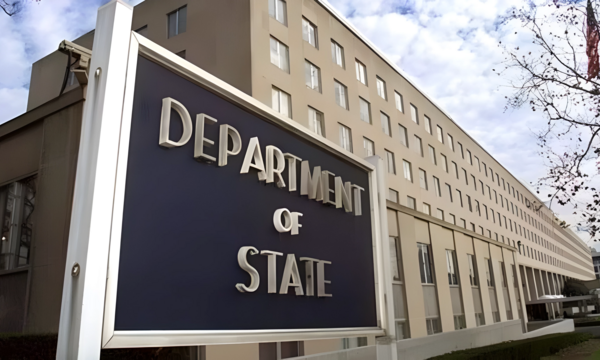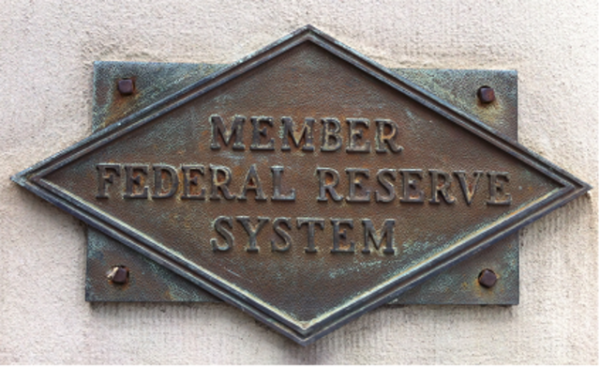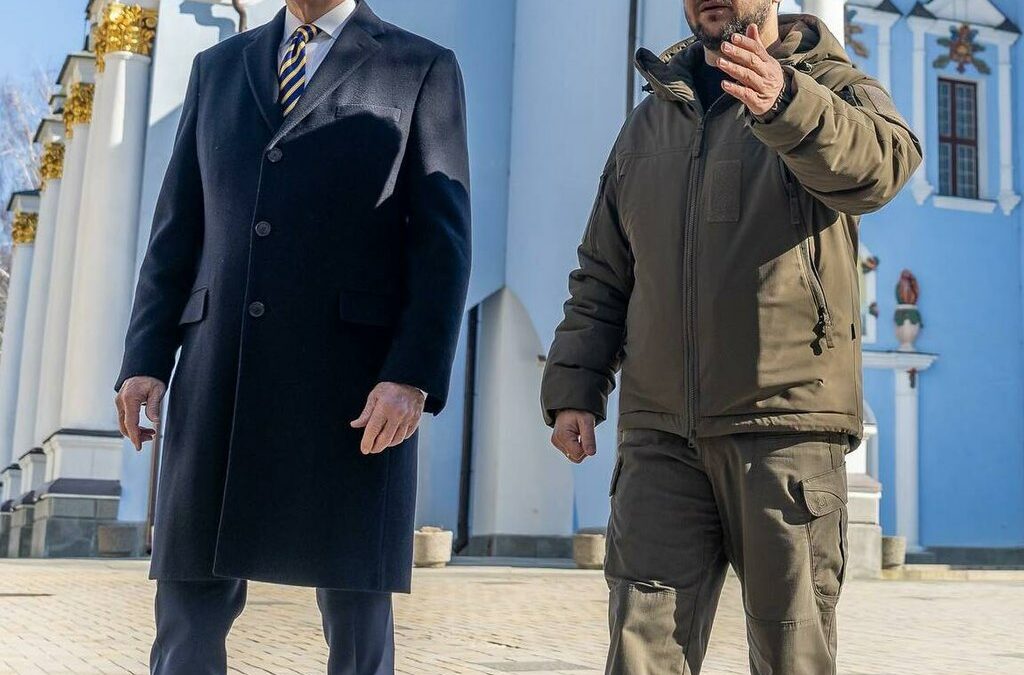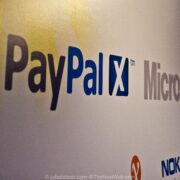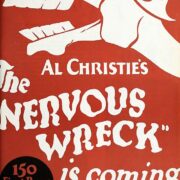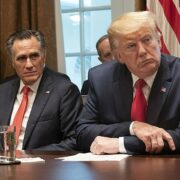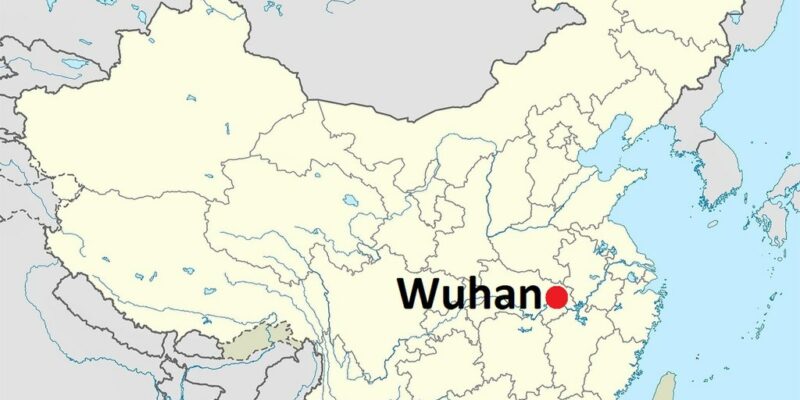
On Thursday last week, Senator Richard Burr, the ranking member of the Senate Health, Education, Labor and Pensions Committee released a bombshell about the origins of COVID-19.
Burr’s initial report states, “Understanding the virus’s origin is essential to understanding how this outbreak happened, why detection and reporting systems did not work as anticipated, and to better prepare for future health threats. This report has reviewed open source, publicly available information relevant to the origins of the virus to consolidate additional information that can be contributed to the body of work investigating the answer to this question….
While precedent of previous outbreaks of human infections from contact with animals favors the hypothesis that a natural zoonotic spillover is responsible for the origin of SARS-CoV-2, the emergence of SARS-CoV-2 that resulted in the COVID-19 pandemic was most likely the result of a research-related incident.”
The North Carolina Senator said, “Over one million Americans have died from COVID-19 and tens of millions have died from this virus worldwide. In addition to the tragic loss of life, over the past three years we have experienced the social, educational, and economic costs of a global pandemic.”
“With COVID-19 still in our midst, it is critical that we continue international efforts to uncover additional information regarding the origins of this deadly virus,” Senator Burr continues, “I hope this report will guide the World Health Organization and other international institutions and researchers as they proceed with planned work to continue investigating the origins of this virus. Uncovering the answers to this critical question is imperative to our national and international ability to ensure that a pandemic of this size and scope does not happen again.”
“My ultimate goal with this report is to provide a clearer picture of what we know, so far, about the origins of SARS-CoV-2 so that we can continue to work together to be better prepared to respond to future public health threats. I believe this interim report does just that.”
The New York Times offered a skeptical eye towards Burr’s report. “The report, released by Senator Richard M. Burr, Republican of North Carolina, grew out of a joint inquiry with the committee’s Democratic chairwoman that proponents of the effort hoped would add a measure of bipartisan credibility to a highly charged debate.
But the findings published on Thursday, while interim, bore only Mr. Burr’s signature. And in relying largely on existing public evidence, rather than new or classified information, the report came as something of a letdown even to those who supported its conclusions.
“One can only conclude from the circumstances that they met an impasse,” said Richard Ebright, a molecular biologist at Rutgers University, referring to his disappointment that Republican and Democratic staff members working on the inquiry have not yet released a more complete, bipartisan report.
Dr. Ebright, who was interviewed by the report’s authors, said he supported the argument that evidence pointed to a laboratory origin. But the only new element, he said, appeared to be questions raised about how China could have developed a vaccine so quickly, which he did not find persuasive. Otherwise, he said, ‘there was no information in the report that has not been publicly presented in the media and discussed in the media previously.'”
The Senate HELP Committee, however, gave Vanity Fair and ProPublica advance access to the hundreds of pages produced by the Senate researchers. Those two outlets have revealed what they found about the events leading to the pandemic in Wuhan.
They wrote that they worked with outside consutlants with expertise in CCP communicatoins, spoke with biocontainment experts to help scrutinize the repor, and “reviewed with independent scientists the possible evidence that certain vaccine research may have begun far earlier than acknowledged.”
While most reports, like the one offered by The New York Times, goes only on the small summary released by the Senate, VF and ProPublica write that their “reporting provides critical context that is not included in the pared-down 35-page interim report.”
They claim to have a more detailed picture of the pandemic’s origins and can speak to the pressures the Chinese scientists in Wuhan faced to balance the demand from the country’s communist leaders for scientific breakthroughs with safety.
In an incredible act of reporting, Vanity Fair has put all its cards on the table and backed up Burr’s assertion.
The Senate HELP minority committee did not release a detailed 236-page analysis that Reid drafted as a companion report. Nor did the interim report provide context for the documents he unearthed. These omissions came as hundreds of pages were whittled down to 35 in the days before the report was released. Though some members of the Senate team reviewed a small number of classified documents, the interim report relied only on publicly available material. A spokesperson for the Senate HELP minority committee told Vanity Fair and ProPublica: “What has been included in the interim report are the facts the Committee has determined are ready for, and worthy of, publication at this time. The Committee’s bipartisan oversight investigation is still ongoing, and what is worthy of inclusion will find its way into the final report.”
Vanity Fair and ProPublica downloaded more than 500 documents from the WIV website, including party branch dispatches from 2017 to the present. To assess Reid’s interpretation, we sent key documents to experts on CCP communications. They told us that the WIV dispatches did indeed signal that the institute faced an acute safety emergency in November 2019; that officials at the highest levels of the Chinese government weighed in; and that urgent action was taken in an effort to address ongoing safety issues. The documents do not make clear who was responsible for the crisis, which laboratory it affected specifically, or what the exact nature of the biosafety emergency was.
The interim report also raises questions about how quickly vaccines were developed in China by some teams, including one led by a military virologist named Zhou Yusen. The report called it “unusual” that two military COVID-19 vaccine development teams were able to reach early milestones even faster than the major drug companies who were part of the US government’s Operation Warp Speed program.
Vanity Fair and ProPublica spoke to experts who said that the timeline of Zhou’s vaccine development seemed unrealistic, if not impossible. Two of the three experts said it strongly suggested that his team must have had access to the genomic sequence of the virus no later than in November 2019, weeks before China’s official recognition that the virus was circulating.
Republicans have focused heavily on determining the origins of the pandemic, which has dramatically reshaped our world and killed millions worldwide.
Early in 2020, just as the pandemic was beginning to spread, Senator Tom Cotton wrote, “While the Chinese government denies the possibility of a lab leak, its actions tell a different story. The Chinese military posted its top epidemiologist to the Institute of Virology in January. In February Chairman Xi Jinping urged swift implementation of new biosafety rules to govern pathogens in laboratory settings. Academic papers about the virus’s origins are now subject to prior restraint by the government.
In early January, enforcers threatened doctors who warned their colleagues about the virus. Among them was Li Wenliang, who died of Covid-19 in February. Laboratories working to sequence the virus’s genetic code were ordered to destroy their samples. The laboratory that first published the virus’s genome was shut down, Hong Kong’s South China Morning Post reported in February.
This evidence is circumstantial, to be sure, but it all points toward the Wuhan labs. Thanks to the Chinese coverup, we may never have direct, conclusive evidence-intelligence rarely works that way-but Americans justifiably can use common sense to follow the inherent logic of events to their likely conclusion.”
As usual, while Republicans were looking to understand the problem, during the same period, Democrats looked to play racial politics. In February, Speaker of the House Nancy Pelosi toured San Francisco’s Chinatown “to send a message.” She claimed there was no reason for tourists or locals to be concerned by the coronavirus.
“That’s what we’re trying to do today is to say everything is fine here,” Pelosi said. “Come because precautions have been taken. The city is on top of the situation.”
Politico reported that Democrats were worried that if it was revealed that the deadly virus originated from a lab rather than nature that they would not be able to attack Trump as easily.
At the time of Cotton’s op-ed, The Washington Post and New York Times called the idea that the deadly coronavirus had escaped from the Wuhan Institute a “fringe conspiracy theory.” In 2021, scientists who initially worked on the the origins of COVID-19 disclosed that they had been pressured by China to dismiss the lab leak theory.
During the height of the pandemic, Facebook and Twitter began to ban users who pushed the lab leak theory. A recent lawsuit revealed that the Biden Administration was pushing the censorship of COVID-related messages on the platforms, labeling it “misinformation.”
Furthermore, a year ago, Newsweek broke the story that “Fauci was ‘untruthful’ to Congress about Wuhan Lab research….Richard Ebright, board of governors professor of chemistry and chemical biology at Rutgers University and laboratory director at the Waksman Institute of Microbiology, told Newsweek these documents show “unequivocally” that NIH grants were used to fund controversial gain-of-function (GOF) research at the Wuhan Institute of Virology in China—something US infectious disease expert Dr. Anthony Fauci has denied.”
Earlier in the year, Senator Rand Paul of Kentucky said he’d continue Richard Burr’s investigation into the origins of COVID-19, and the roles the NIH and Fauci potentially played if the Republicans take back the Senate after the midterm elections on November 8th.
[Read More: Dems Ban First Mexican -Born Congresswoman From Hispanic Congressional Group]

